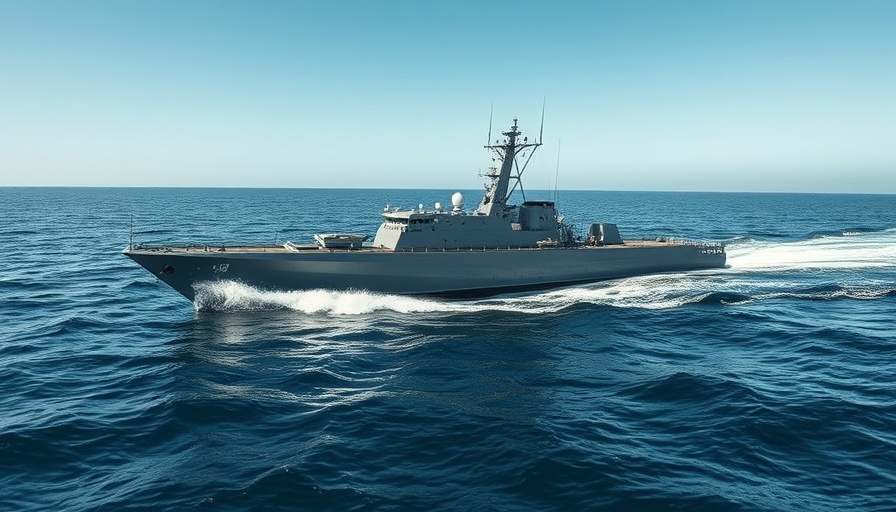
Exail Partners with Hellenic Navy for Advanced Navigation Systems
France's Naval Group has reached a pivotal agreement with Exail to deliver cutting-edge navigation systems for the Hellenic Navy’s Defence and Intervention Frigates (FDI). This significant collaboration aims to enhance the operational capabilities of the Hellenic Navy with advanced technologies such as the Marins Inertial Navigation System (INS), Netans Data Distribution Unit (DDU), and the Gecdis-W Warship Electronic Chart Display and Information System (WECDIS).
Revolutionizing Naval Operations
The incorporation of these systems signifies a transformation in how the Hellenic Navy conducts its operations. With the Marins INS providing exceptional inertial sensing, naval forces can rely on accurate navigation even in challenging conditions. The Netans DDU promotes efficient data sharing across ship systems, ensuring operational integrity during various mission scenarios.
Benefits of the Gecdis-W WECDIS
One of the standout features of this new agreement is the Gecdis-W WECDIS. Adhering to the latest STANAG standards, this system grants advanced electronic chart display functionalities. The Gecdis-W is not just a tool, but a strategic resource that aids in tactical planning and navigation, empowering naval officers to make informed decisions swiftly and effectively.
Enhancing Cybersecurity in Naval Operations
As global maritime threats evolve, cybersecurity has become paramount. The integration of these navigational systems into a cyber-resilient digital framework addresses these challenges head-on. Exail's sales manager, Pierre-Louis Roudaut, emphasizes their commitment to providing solutions that enhance operational security and confidence for the Hellenic Navy.
A Legacy of Collaboration
This latest partnership builds on an ongoing relationship between Exail and Naval Group. Their prior successes in implementing these navigation systems for the French Navy's FDI frigates have laid a strong foundation for this new venture. Collaborating closely ensures that lessons learned and technologies perfected in one navy can be seamlessly adapted to another.
The Role of FDI Frigates in Modern Naval Warfare
The new FDI frigates are designed to serve multiple roles, making them versatile assets in naval operations. From anti-air and anti-surface warfare to supporting special operations, these vessels are equipped to handle the complexities of modern threats. The Navy's commitment to effective maritime security is evident in their strategic investments and the advanced capabilities they are incorporating into their fleet.
Looking Ahead: The Future of Naval Technology
As we look to the future, the sea trials for HS Kimon—the first FDI frigate—mark an exciting milestone in naval modernization efforts. Commencing in May 2025 at Naval Group's shipyard in Lorient, these trials will focus on evaluating key systems such as navigation and propulsion, with further assessments to follow that will evaluate combat capabilities and endurance.
Conclusion: The Importance of Technological Advancements
This alliance demonstrates a forward-thinking approach to naval technology. With Exail's navigation systems, the Hellenic Navy is poised to enhance its operational readiness and effectiveness, reflecting a commitment not only to technological progress but also to national security. Encouraging dialogue within the naval defense community can drive innovation and progress, ensuring that forces are equipped to meet the challenges of tomorrow.
 Add Row
Add Row  Add
Add 




Write A Comment